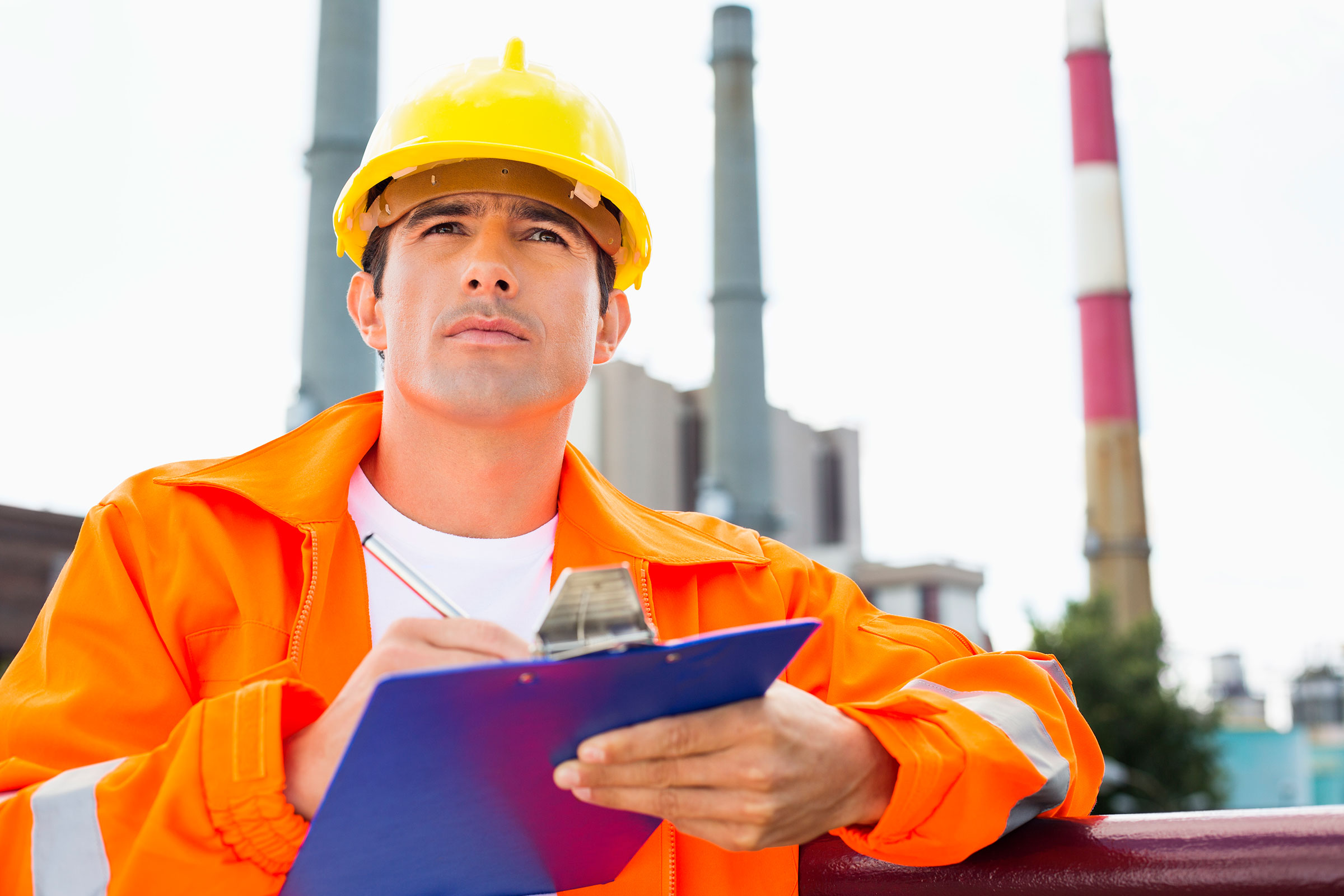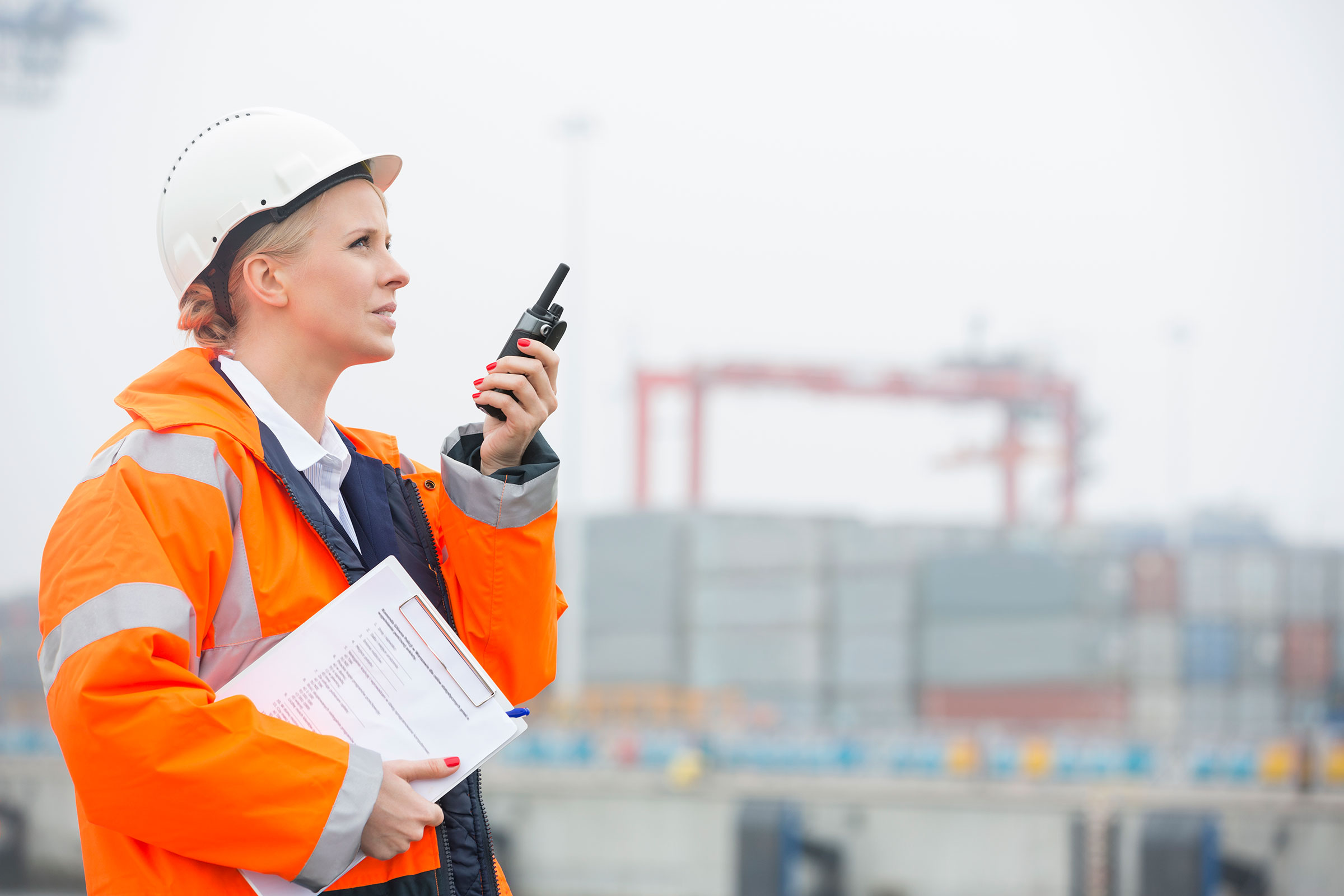It’s no secret that construction is a hazardous job. Unfortunately, many workers have the misfortune of finding out the hard way — as injuries or illnesses can occur due to the nature of their occupation.
Many of these ailments or injuries are preventable and can be the result of neglect or undertraining. Certain government entities exist to reduce the number of workplace issues, including sickness and injury.
OSHA Basics
The Occupational Safety and Health Association (OSHA) protects workers from unsafe conditions, and their compliance and safety standards reflect their mission to protect worker’s rights while on the job.
In 1970, the government put OSHA into place in an effort to enforce certain standards, provide training, education, assistance, and outreach — to ensure the safety and wellbeing of workers while on the job.
Most private sectors are covered by OSHA compliance standards — and the construction industry no exception. As we’ve mentioned, construction is fraught with physical, health, and emotional issues that can leave workers unable to continue their job.
OSHA is a federal law and grants certain rights to workers that they may not be aware of. While construction is, by its very nature, a hazardous occupation — employers must provide a workplace that is free of safety and health hazards — and must offer a way to be informed, trained, and file complaints regarding a worker’s safety.
Below is a list of OSHA compliance standards that employers must adhere to:
- Training in a language you understand
- Safety-compliant machinery
- Provide required safety gear
- Protection from toxic chemicals or substances
- Your right to request an OSHA inspection
- Your right to speak directly to the OSHA inspector
- An ability to report an injury or illness
- A right to your medical records as a result of injury or illness
- Accessible copies of a workplace injury and illness log
- Access to copies of test results to find hazards in the workplace
The Fatal Four
For construction workers, there are some safety hazards that OSHA and employers are especially diligent about. These hazards are what’s known as the fatal four — due to their incredibly dangerous nature. These four hazards are falls, electrocutions, struck-by objects, and caught-in-betweens.
While not the only safety concerns, the fatal four have their name for a reason — they can be especially fatal.
Falls
Perhaps the most common of the four are falls. According to OSHA’s most recent statistical analysis, 39% of construction deaths can be attributed to falls.
Tall buildings, scaffoldings, ladders, and even large holes or pits can all result in a falling death. Protecting workers from falls typically comes down to the right safety equipment and gear. Harnesses and guardrails are quite literally “lifesavers.” Also, correct inspections and training to prepare workers for their environment can reduce or even prevent untimely tragedies.
Struck-by Objects
Objects hitting workers account for roughly 8% of all construction worker deaths. These unexpected and unfortunate deaths are a result of flying debris, rigging breaks, or misplaced objects that strike unsuspecting workers.
These unexpected disasters are difficult to negate, as they happen without warning. However, hard hats can mitigate damage in the case of falling objects striking a worker’s head.
Electrocutions
Construction sites are littered with electrical hazards. Exposed wiring is commonplace on worksites, and larger, more powerful areas can result in death. Electrocutions cause nearly 7% of all construction-related deaths — as overhead lines, electrical panels, and energized conductors can be especially dangerous while on the job.
The best way to prevent electrocutions is to keep workers away from dangerous areas. However, this may not always be possible, as some contractors may need to work closely with electrical equipment or near it. If that’s the case, protective equipment and training can keep workers safe.
Caught-In-Between
The last of the fatal four are caught-in-betweens. Although these deaths contribute to the smallest percentage of construction deaths (5%), they are the scariest of the four. Structural collapses, getting wedged or stuck in between equipment or compressed by objects all fall under the category of caught-in-betweens.
Safety gear and equipment does little to reduce caught-in-betweens, however proper training and to ensure that the right workers are handling certain machinery can. Collapses can be prevented by properly constructing and maintaining buildings and trenches.

Additional Construction Hazards
While the fatal four are the most common and talked about workplace hazards — they are not the only ones. There are several OSHA, and even the Environmental Protection Agency (EPA) compliance standards that refer to other hazards workers may face while on the job.
Slipping
Many construction sites see slick areas or those with little to no traction. Adding slip-guards, requiring slip-proof footwear, and visible signage regarding slippery surfaces can help prevent workplace safety hazards.
Airborne Toxins
Construction sites often deal with a wide variety of airborne toxins like asbestos and excessive dust. During renovations or demolitions, these toxins can become airborne and dangerous to those who work closely with the materials.
Proper testing, removal, and safety equipment can prevent many issues for workers. It’s essential to provide asbestos training, as issues related to this toxin may not present themselves for years.
Noise
Exposure to excessive or high-decibel noise may not be the first hazard anyone thinks of, but it can be damaging in the long run. Eliminating loud noise or providing necessary hearing equipment can help keep workers’ ears safe while on the job.
Safety First
Employers must understand OSHA compliance standards and adhere to them. This is true not only to prevent fines but also to keep their employee base safe while at work.
Finding the right training programs that work directly with a workforce or provide online training is essential. The importance focused on worker safety will continue to increase, and employers must keep up the base to not only stay on par with safety and compliance standards — but also keep a productive workforce around.


